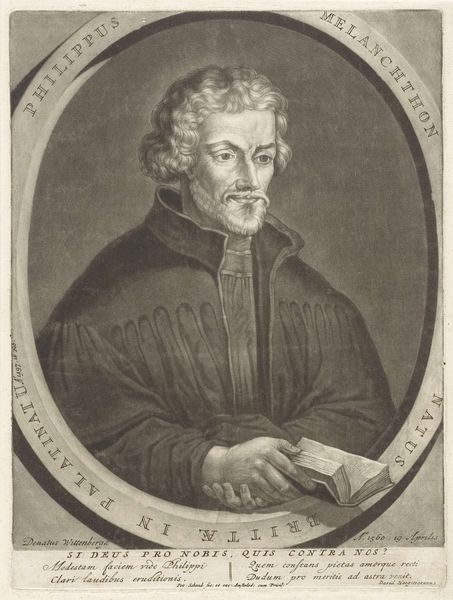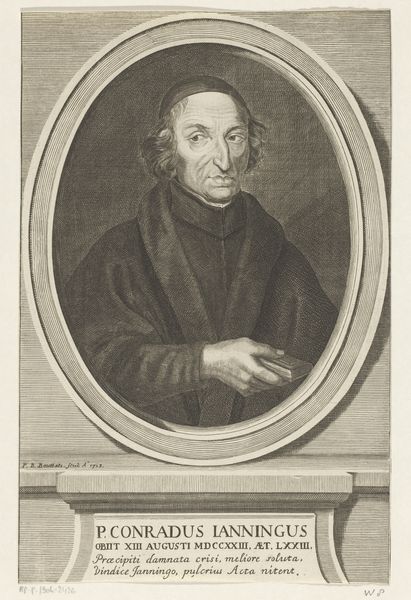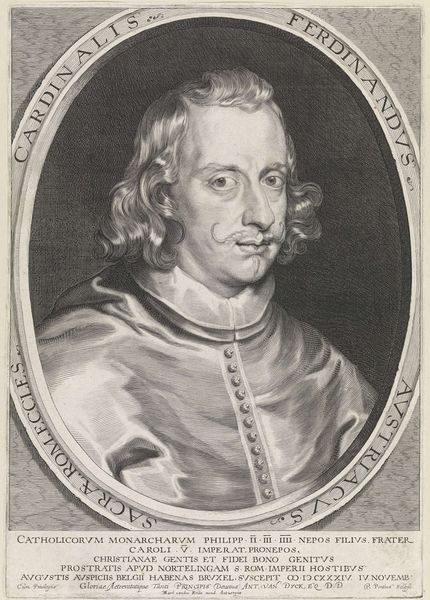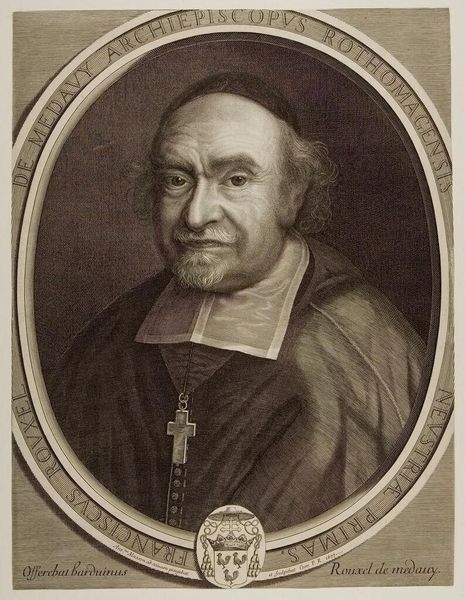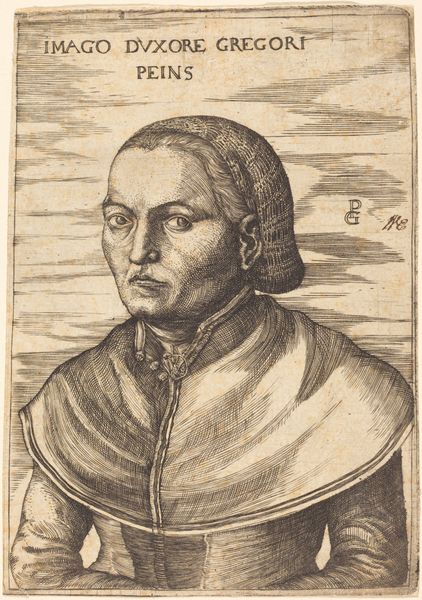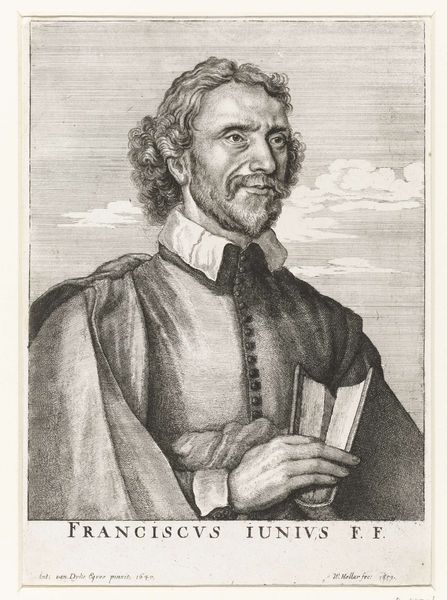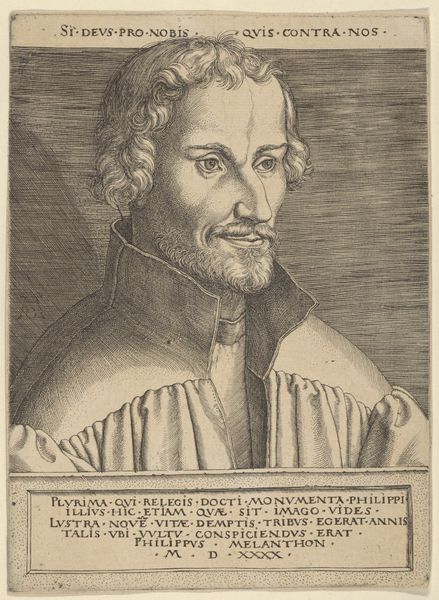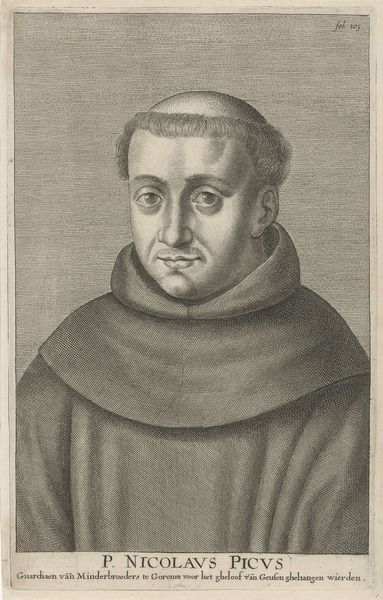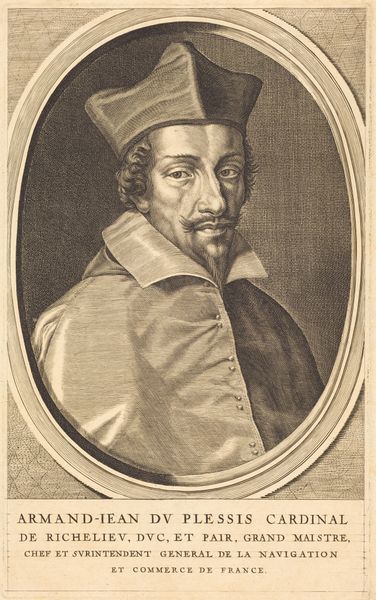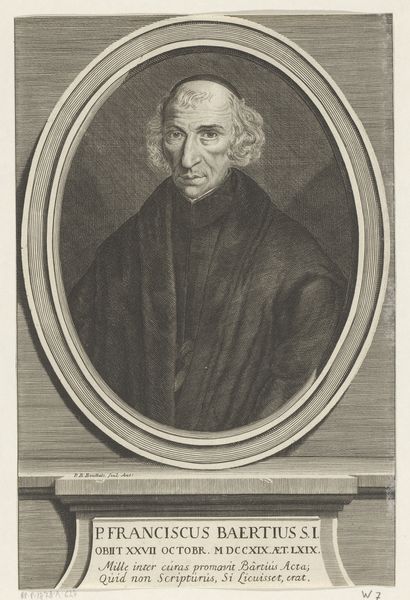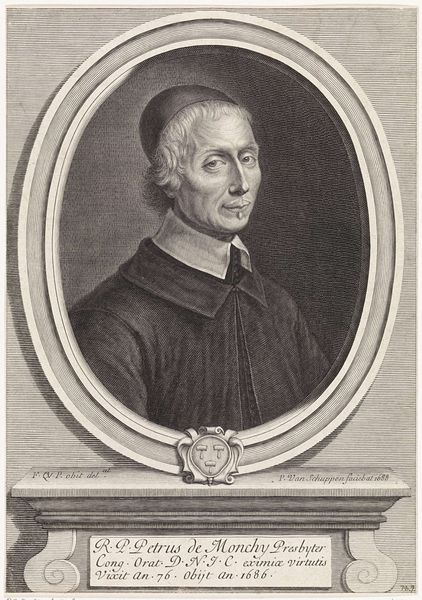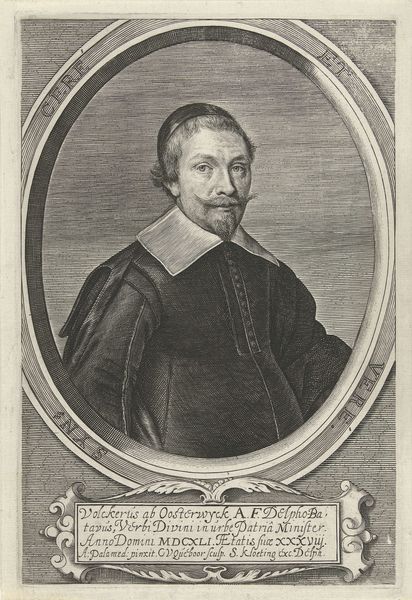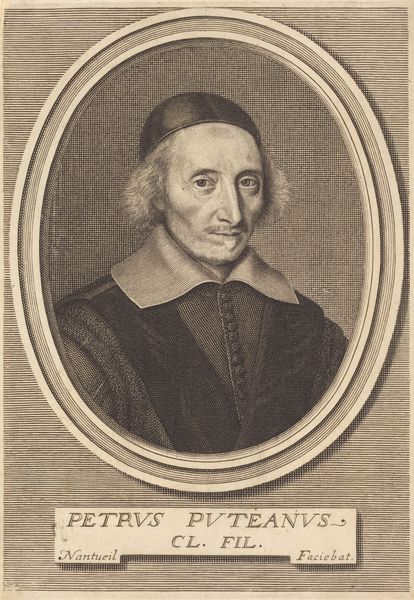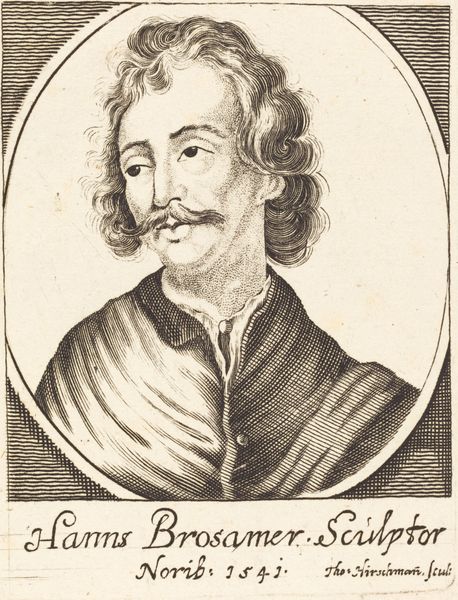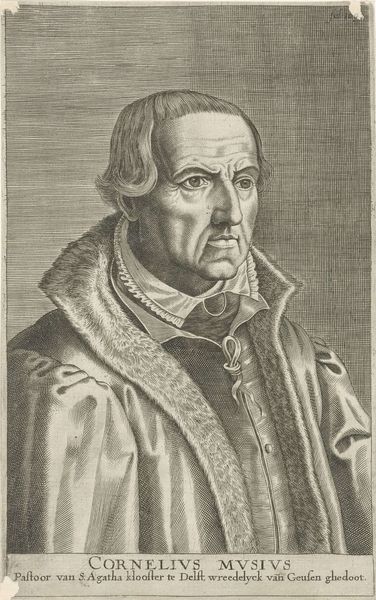
Copyright: Public domain
Curator: What grabs me immediately is the subject's gaze, it’s both penetrating and vulnerable. He almost looks as if he is about to confide something. Editor: That's interesting. My initial read is one of restraint, even stoicism. Perhaps the darkness in the colour palette adds to that sense. Let’s discuss the piece. This is Lucas Cranach the Elder’s “Philipp Melanchthon,” an oil on panel painted in 1537. Melanchthon was, of course, a major figure in the Reformation. Curator: Absolutely. Cranach captures something profoundly human here. It's like seeing the weight of history etched onto his face, you know? A weariness perhaps that seeps through all of that intense theological debate. There’s something surprisingly melancholic about the sitter here. Editor: I think the somber mood really emphasizes Melanchthon's intellectual persona, an icon of reform. Consider the historical context; he was instrumental in shaping Lutheran doctrine, at a time of great upheaval. Cranach’s work wasn't just portraiture. It functioned as visual propaganda, solidifying the reformer's image and cementing their position. This representation contributes to this narrative, projecting both gravitas and authority. The austere attire speaks of his devotion and his intellectual austerity. Curator: Oh, definitely! I am just struck by the fine details: those luminous eyes and even the soft curls around his face are full of subtle character. It’s not just a symbol; it is a glimpse into a very complicated person. He’s like a worn page in history’s journal. Editor: Yes, you know I am looking for how portraiture is intrinsically tied to notions of power, status, and identity. Think about the rise of the printing press around this period and the use of portraiture to create accessible figures within the growing Reformation movement. This Melanchthon becomes not just a man but also a representation of intellectual resistance. Curator: Seeing beyond that intellectual weight and into the almost weary look in his eyes – that is something rare and deeply affecting to me, the artist behind the art lover. Editor: Well, I think understanding these interwoven narratives of theology, politics, and art is what truly enriches our experience. These images provided recognizable faces to a very young and revolutionary social shift. Curator: Art does both I think: personal reflection and shared understanding, intertwined, and here we are!
Comments
No comments
Be the first to comment and join the conversation on the ultimate creative platform.
